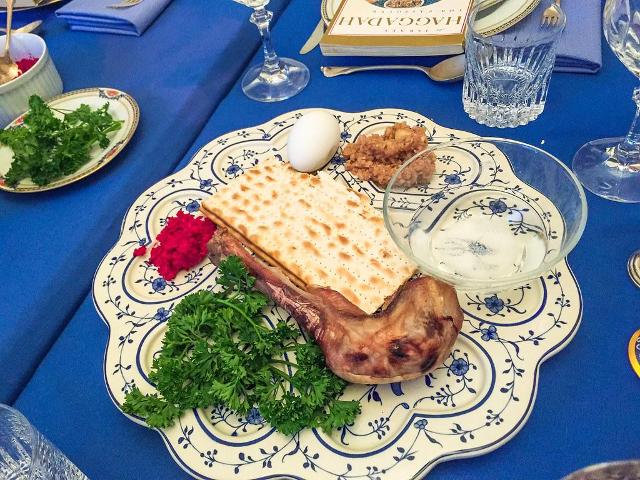
Did you know that nearly 80% of Jewish families around the world engage in the Passover Seder, a ritual feast that has remained remarkably consistent for over three millennia? This statistic underscores not only the significance of Passover in Jewish culture but also the resilience and adaptability of its traditions. As families gather each year to commemorate their ancestors’ liberation from slavery in Egypt, they partake in deeply-rooted rituals that connect generations and impart fundamental lessons about freedom, faith, and community.
Unpacking the Meaning of Passover
Passover, or Pesach in Hebrew, is one of the most important festivals in Judaism. It commemorates the Exodus, the biblical story of the Israelites’ escape from Egyptian bondage. The holiday lasts for seven or eight days (depending on one’s community) and involves various rituals and customs aimed at remembering this pivotal moment in Jewish history.
At the heart of Passover is the Seder, a ceremonial dinner that follows a specific order (Seder means “order” in Hebrew). This meal is not merely a feast; it serves as a retelling of the Exodus story through food, prayers, and songs. The Seder plate, which contains symbolic foods such as matzah (unleavened bread), charoset (a sweet mixture of fruits and nuts), and bitter herbs, illustrates the suffering of the Israelites and the sweetness of freedom.
The Seder Plate: Symbolism and Significance
Each item on the Seder plate carries profound meaning:
- Matzah: Representing the haste of the Israelites’ departure from Egypt, matzah is unleavened bread that symbolizes humility and the fragility of freedom.
- Maror: The bitter herbs remind participants of the bitterness of slavery and oppression.
- Charoset: This sweet mixture symbolizes the mortar used by the Israelites in their forced labor, a reminder that even in hardship, there is sweetness to be found.
- Karpas: A vegetable, often parsley, dipped in saltwater, symbolizes the tears shed during slavery.
- Z’roa: A roasted bone, representing the Passover sacrifice made in ancient times, connects participants to their heritage and religious obligations.
The Seder is guided by a Haggadah, a text that outlines the order of the service and includes readings, prayers, and songs. This script not only ensures that the rituals are followed but also opens a dialogue about the significance of the Exodus and its relevance today.
Engaging the Next Generation: The Question of Relevance
As society evolves, so does the way traditions are observed. Many families are finding innovative ways to engage younger generations in the Passover experience. One common approach is to incorporate modern interpretations or discussions about contemporary issues of freedom and justice during the Seder.
For instance, discussions around social justice movements can be woven into the narratives of liberation, encouraging participants to reflect on the ongoing struggles for human rights. Activities such as inviting guests from diverse backgrounds to share their own stories of liberation can enrich the Seder experience and make the themes of Passover more relatable to a younger audience.
Practical Tips for Hosting a Meaningful Seder
Hosting a Seder can seem daunting, especially for those new to the tradition. Here are some practical tips to create a meaningful and memorable experience:
-
Plan Ahead: Prepare the Seder plate in advance, ensuring each item is thoughtfully sourced or made. Consider the dietary restrictions of your guests.
-
Personalize the Haggadah: Many families create their own Haggadahs, incorporating family stories and personal reflections. This can foster deeper connections to the traditions and the evening’s themes.
-
Engage the Senses: Include songs and storytelling to captivate all ages. Consider using music that resonates with your guests, or even incorporating multimedia elements like videos or art.
-
Encourage Participation: Assign different readings or tasks to guests, allowing everyone to have a role in the Seder. This inclusivity can enhance the communal experience.
-
Reflect on Current Events: Dedicate a portion of the evening to discuss issues of freedom and oppression happening today. This can deepen the relevance of Passover and inspire action.
The Enduring Legacy of Passover
Passover is more than just a commemoration of a historical event; it serves as a reminder of the universal quest for freedom and justice. The traditions observed during this festival foster a sense of community and connection not only among Jews but also extend to all who seek to understand the values of liberation and resilience.
As families gather around their Seder tables, they do more than partake in rituals; they engage in a living tradition that teaches the importance of remembering the past while actively shaping the future. By exploring the rich tapestry of Passover traditions, we not only honor our ancestors but also inspire the next generation to carry forward the message of hope, courage, and liberation.

